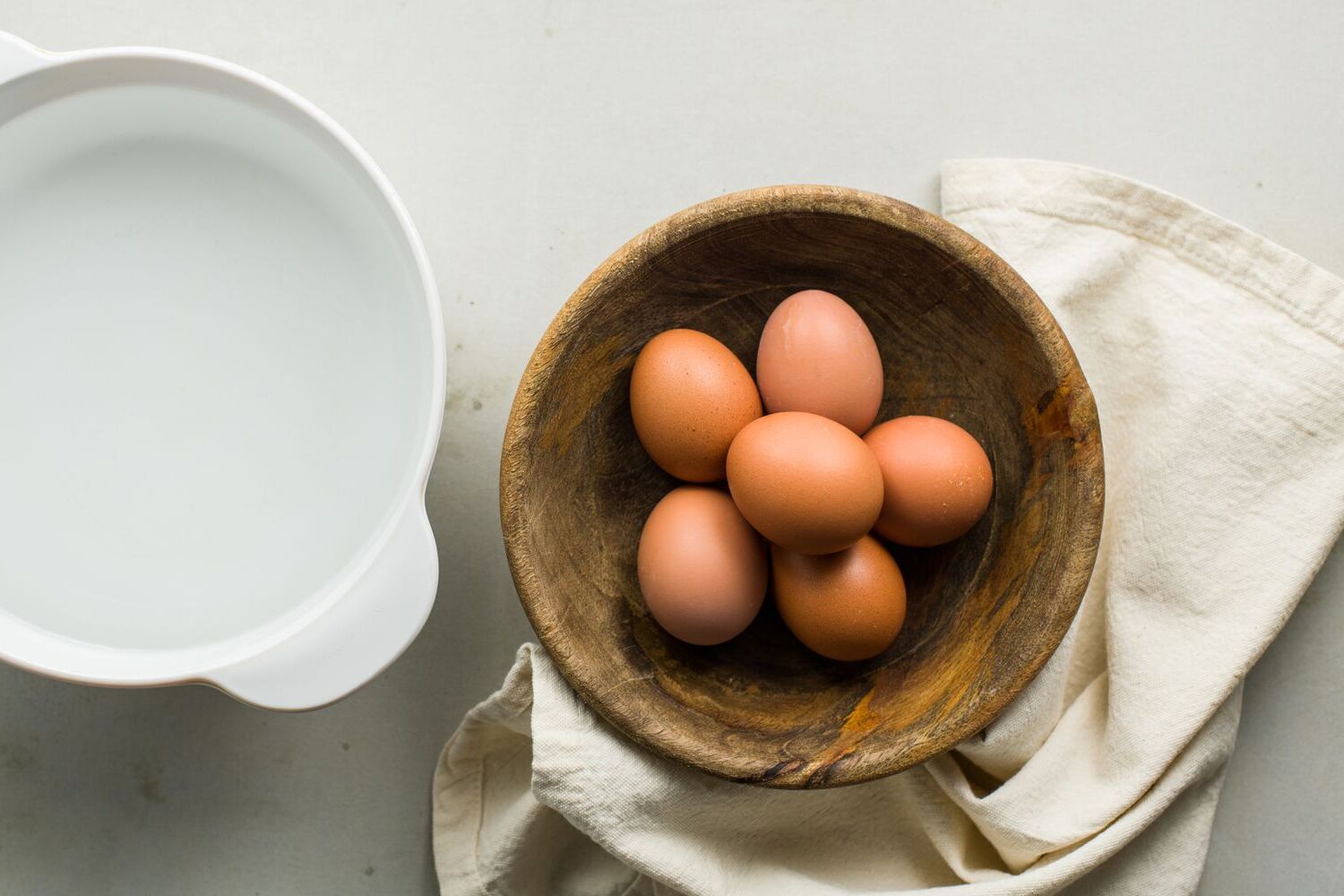
Ever wondered about the secrets hidden within the humble egg? Sure, they're a breakfast staple and a baking essential, but there's so much more to eggs than meets the eye. From their incredible nutritional benefits to their fascinating role in cultural traditions around the globe, eggs are full of surprises. Did you know that the color of an eggshell doesn't affect its nutritional value? Or that there's a science to why eggs are shaped the way they are? Buckle up, because we're about to crack open the shell and reveal 20 egg-citing facts that will scramble everything you thought you knew about eggs. Get ready to be amazed by the extraordinary world of eggs, where every fact is a discovery waiting to hatch.
Key Takeaways:
- Eggs are more than just a breakfast staple - they're packed with nutrients and have fascinating cultural significance. From symbolizing new beginnings to being used in world cuisines, eggs are truly egg-ceptional!
- Did you know eggs can come in colors like blue and green? They're not just for eating - they can be used as glue and even hold world records for the largest omelet! Eggs are truly egg-citing and egg-ceptional!
What's So Special About Eggs?
Eggs, often hailed as nature's multivitamin, pack a punch of nutrients in a small shell. But beyond their nutritional value, eggs harbor secrets and surprises that many might not know. Let's crack into some of these lesser-known facts.
-
Eggs can tell time – Well, not exactly, but the color of an eggshell can indicate the breed of the hen. Generally, white-feathered hens with white earlobes lay white eggs, while red or brown-feathered hens with red earlobes lay brown eggs.
-
A symbol of life – Across various cultures, eggs symbolize new beginnings and life. This is why they're often associated with spring festivals and celebrations around the world.
-
Eggcellent for your eyes – Eggs are a great source of lutein and zeaxanthin, antioxidants that help prevent macular degeneration and cataracts, keeping your eyes sharp.
How Do Eggs Impact Health?
While eggs are nutritious, their health impacts have been debated. Here's what you should know.
-
Cholesterol concerns – Once thought to be a dietary villain, recent studies show that the cholesterol in eggs doesn't have as much effect on blood cholesterol levels as once believed. Moderation is key.
-
Protein powerhouse – With about 6 grams of high-quality protein, eggs can help in muscle repair and growth. They contain all nine essential amino acids, making them a complete protein source.
-
Weight management – Thanks to their high protein content, eggs can make you feel full longer, aiding in weight management efforts.
The Science Behind Cooking Eggs
Cooking eggs is both an art and a science. Here are some facts that explain why.
-
Temperature matters – The temperature at which you cook eggs can affect their texture. For instance, low and slow cooking results in creamy scrambled eggs.
-
Freshness test – To check if an egg is fresh, place it in a bowl of water. Fresh eggs sink, while older ones float. This is due to air pockets inside the egg increasing over time.
-
Peeling boiled eggs – Adding a teaspoon of baking soda to the boiling water can make peeling eggs easier. The alkaline water helps the egg whites to separate from the shell.
Eggs in World Cuisine
Eggs are a global ingredient, found in various dishes around the world. Here are some ways they're used.
-
Japan's tamago – In Japan, eggs are used to make tamago, a sweetened omelet that's often served with sushi.
-
Italy's carbonara – This classic Italian pasta dish uses eggs to create a creamy sauce without the need for cream.
-
France's quiche – A savory pie filled with eggs, cream, and various fillings like cheese, meat, and vegetables, showcasing the egg's versatility.
Surprising Egg Facts
To wrap up, here are some more egg-citing facts you might not have known.
-
Egg colors – Besides the common white and brown, eggs can also be blue, green, and even pink, depending on the hen's breed.
-
The world's most expensive egg – The Fabergé eggs, jeweled eggs created by the House of Fabergé in Russia, are among the most valuable and coveted pieces of art in the world.
-
Largest egg – The ostrich lays the largest eggs of any living land animal. One ostrich egg can weigh as much as 24 chicken eggs.
-
Egg rolling competitions – An Easter tradition in some parts of the world, egg rolling competitions involve rolling eggs down a hill, with the intact egg winning.
-
Eggs don't need refrigeration everywhere – In many countries, eggs are stored at room temperature. This is due to different processing methods that affect how eggs are preserved.
-
Double yolks – While rare, double yolks occur when a hen releases two yolks into the same shell. They're often seen as a sign of good luck.
-
Eggs can be used as glue – The proteins in egg whites can act as a natural adhesive, strong enough to hold together pieces of paper or even small woodworking projects.
-
Record-breaking omelet – The largest omelet ever made weighed 6,466 kg (14,255 lb) and was cooked in Portugal in 2012. It used 145,000 eggs.
A Final Crack at Egg Facts
We've scrambled through a carton full of surprising tidbits about eggs, from their incredible nutritional value to their role in various cultures around the globe. Eggs aren't just a breakfast staple; they're a symbol of life, fertility, and renewal in many traditions. Who knew that something as simple as an egg could carry such weight in history, nutrition, and even art? Next time you crack open an egg, remember it's not just about the omelet or the cake you're making. It's tapping into a rich tradition that spans across borders and generations. Whether you're a culinary expert or just someone who enjoys a good boiled egg, there's no denying the universal appeal of this humble ingredient. So, here's to eggs, the unsung heroes of the kitchen, and the endless stories they tell.
Frequently Asked Questions
Was this page helpful?
Our commitment to delivering trustworthy and engaging content is at the heart of what we do. Each fact on our site is contributed by real users like you, bringing a wealth of diverse insights and information. To ensure the highest standards of accuracy and reliability, our dedicated editors meticulously review each submission. This process guarantees that the facts we share are not only fascinating but also credible. Trust in our commitment to quality and authenticity as you explore and learn with us.


